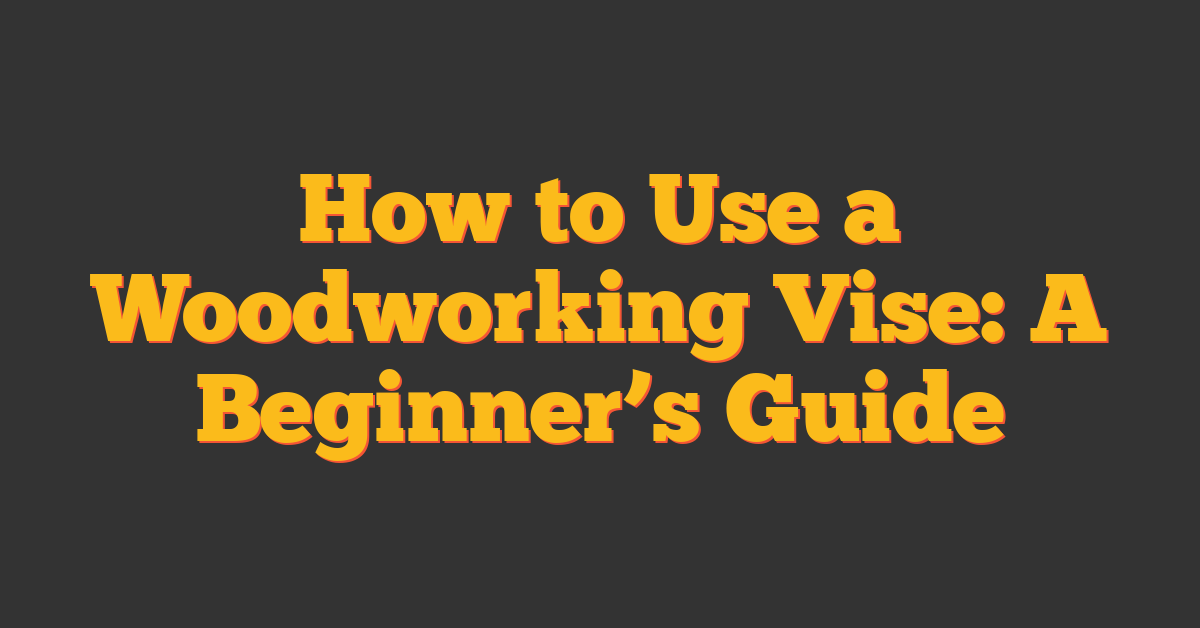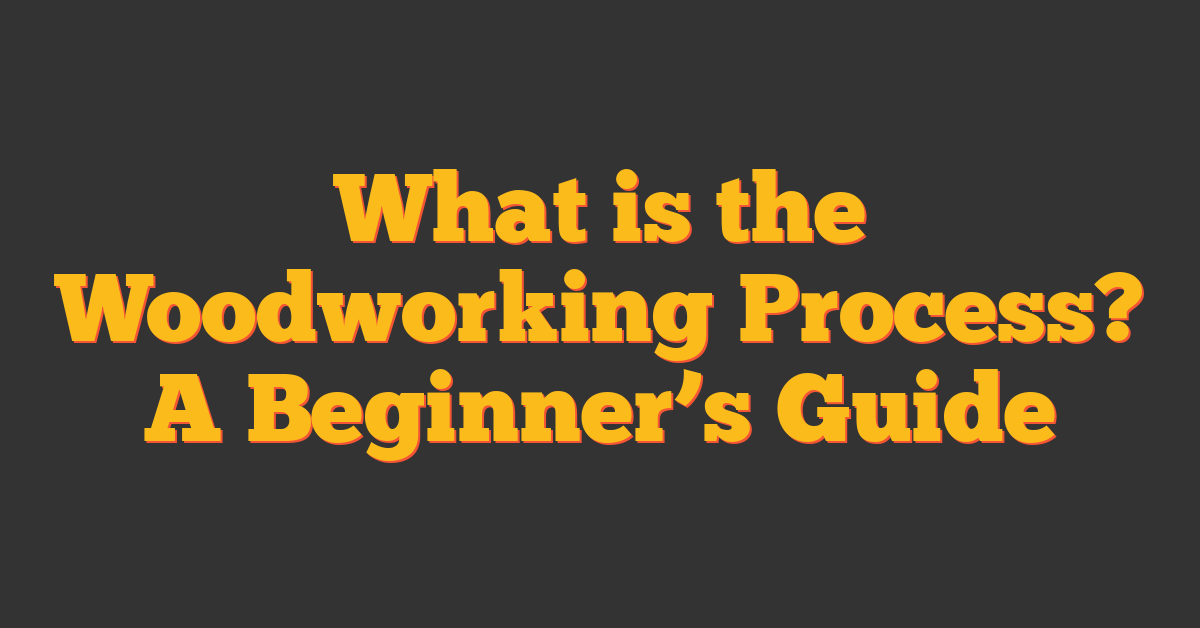Imagine you’re standing before a stack of lumber, ready to transform it into a sturdy frame for a new house or maybe a cozy garden shed. You could use a hammer and nails, but there’s a tool that’ll make your job faster and easier: the framing nailer. This powerhouse tool has revolutionized carpentry, turning daunting tasks into manageable ones with the pull of a trigger.
What Is a Framing Nailer?
You’ve heard about these powerful tools buzzing through construction sites and your fellow woodworkers’ shops, but you might wonder exactly what a framing nailer is. Essentially, it’s your best mate in the realm of heavy-duty fastening tools. A framing nailer, often referred to as a framing gun, is designed for quick and efficient nailing of large wood structures.
Imagine you’re framing out a room addition or piecing together the bones of a new deck. You could use a hammer, but each swing eats up precious time. A framing nailer, on the other hand, delivers a powerful pneumatic punch, driving nails deep into the wood with minimal effort. And it’s not just about saving time; it’s about consistent driving depth and holding power that hand-nailing just can’t match.
This tool typically uses long, collated nails, which are connected into strips or coils. Depending on the model, these nailers can handle nails of various lengths and diameters, allowing you to customize to your project needs. Safety is also a forefront feature – most modern framing nailers come equipped with triggers that require sequential steps for discharging a nail, greatly reducing the risk of accidental firing.
Key Features to Consider in a Framing Nailer:
- Magazine type: stick or coil
- Nail size and type compatibility
- Power source: pneumatic, cordless, or gas-powered
- Nail firing method: sequential or contact
- Depth adjustment settings for various project requirements
Whether you’re a seasoned pro or honing your craft, leveraging the power of a framing nailer in your builds can be a game-changer. It’s about making the smart choice for efficiency, precision, and safety. With a framing nailer by your side, you’re ready to tackle more complex projects with confidence, knowing that your work isn’t just faster—it’s also built to last.
Benefits of Using a Framing Nailer
When you’re knee-deep in sawdust, crafting structures from raw wood, a framing nailer can be your best ally. Efficiency is the first benefit that stands out. Imagine nailing a complex frame with a hammer—every swing, a test of precision and endurance. Now picture the same task with a framing nailer; it’s like trading in a hatchet for a chainsaw when you’re tackling a forest.
Speed is another crucial advantage. With a framing nailer at your service, you can drive nails at a rapid pace, barely pausing between shots. This capability means you can complete projects faster, which is golden, especially when daylight hours are as precious as the wood grain you cherish.
Then there’s the matter of Consistency and Precision. Each nail fired is a carbon copy of the last—identical depth, identical angle. This uniformity is essential when you’re constructing something as steadfast as a home or as delicate as custom shelving.
Let’s not forget about Versatility. Many framing nailers offer adjustable depth, accommodating various types of wood and project requirements. Whether you’re binding soft pine or hardwood oak, your nailer can adapt to the density of the material.
Safety should never be an afterthought in your workshop. Modern framing nailers are equipped with features that keep your digits dancing away from danger. Some models have sensors or require a sequential trigger mechanism, ensuring nails only fire when you’re good and ready for them to.
Your physical well-being also gets a nod thanks to the Ergonomic Design of most framing nailers. They’re made to fit comfortably in your hand, reducing strain during those marathon carpentry sessions.
No matter the scale of your next project—be it a dog house for your best friend or a pergola to crown your backyard—embracing the power of a framing nailer means embracing smarter, sharper woodworking practices.
Types of Framing Nailers
When you’re deep into woodworking, knowing your tools is half the battle won. Among those tools, framing nailers are divided mainly into two categories: pneumatic and cordless. Let’s break down the differences so you can choose what fits best with your craftsmanship.
Pneumatic Framing Nailers are the traditional workhorses. They require an air compressor to drive nails. Your experience tells you there’s a certain satisfaction in hearing the hiss of the compressor—it means business. With a pneumatic nailer, you’re looking at:
- Consistent pressure for driving nails
- Reliable performance for long projects
- A need for an air hose and compressor which may limit mobility
However, keep in mind that the reliance on an air compressor means you won’t be as free to move around.
Cordless Framing Nailers, on the other hand, offer you mobility and convenience. These are powered by a battery or fuel cell. Investing in a cordless model means:
- Freedom from hoses and compressors
- Less setup time and quicker job starts
- Potentially higher costs for the convenience of cordless operation
Despite the ease, remember that battery life or fuel cells become a factor to consider. You’ll need to plan for charging times or carry spares with you.
Other variations to explore include:
- Brushless Motors: Offering longer life and better battery efficiency
- Stick-style: Where nails come in a stick format
- Coil-style: Featuring collated coils of nails for less frequent reloading
Ultimately, the type of framing nailer you choose will hinge on your specific needs and how you love to work. Whether you’re crafting a masterpiece or knocking out a quick repair, make sure your nailer aligns with the flow of your work. Just like the right choice of wood, the right nailer can make all the difference in your project’s success.
How to Use a Framing Nailer Safely
Operating a framing nailer can greatly speed up your carpentry projects, but safety always comes first. Before you start, make sure you’ve got your safety gear on. Eye protection is a must, and don’t forget your earplugs and work gloves. Now, you’re all set to handle that framing nailer like a pro.
First off, it’s essential to know your nailer. Familiarize yourself with the manual because every tool’s a little different, and being well-informed means you’re halfway to staying safe. Make sure the nailer’s adjusted properly—most have a depth adjustment feature, which you’ll need to set according to the type of wood and length of nail you’re using.
Next, let’s talk about holding the nailer. Grip it firmly by the handle with your dominant hand and support the base with your other hand for added stability. Always be mindful of your surroundings—keep your hands and feet clear of the firing line to avoid accidental injuries.
When placing the nailer against the wood, ensure it’s perpendicular to the surface. This helps prevent nails from ricocheting or bending. Now, you’re ready to fire! But here’s the thing, do it one nail at a time. Sequential firing mode is your best bet for maintaining control and keeping things precise.
Maintenance is also part of safe usage. After each use, give your nailer a once-over to make sure it’s clean and in good condition. Lubricate parts as required and check for wear and tear—especially on the O-rings and firing pin.
Remember, staying safe with your framing nailer isn’t just about how you use it; it’s about respecting the tool’s power and potential. Keep these tips in mind, and you’ll not only be building with efficiency, but you’ll also be nailing it safely every time.
Conclusion
You’ve now got the scoop on framing nailers and how they can be a game-changer for your carpentry projects. Whether you lean towards the steadfast performance of a pneumatic model or the freedom that a cordless nailer brings, there’s a tool out there that’ll meet your needs. Remember, the right nailer not only boosts your efficiency but also impacts the quality of your work. And let’s not forget safety and maintenance—two key players in ensuring your framing nailer serves you well for years to come. So strap on your gear, handle your nailer with care, and get ready to transform how you tackle those sturdy projects. Happy nailing!
Frequently Asked Questions
What is a framing nailer?
A framing nailer is a specialized power tool used in carpentry to assemble structures by driving nails into framing studs swiftly and efficiently.
What are the two main types of framing nailers?
The two main types of framing nailers are pneumatic framing nailers, which require an air compressor, and cordless framing nailers, which operate on batteries or fuel cells.
Are pneumatic or cordless framing nailers better?
It depends on your needs. Pneumatic framing nailers provide consistent pressure and performance but limit your mobility, while cordless framing nailers offer more mobility and convenience with potentially higher costs and battery life considerations.
What are the different variations of framing nailers?
Variations of framing nailers include those with brushless motors, which offer improved efficiency and longevity, and stick-style or coil-style, which differ in nail capacity and how they are loaded.
Why is it important to choose the right type of framing nailer?
Choosing the right type of framing nailer is crucial to match your specific needs and work preferences to ensure efficiency, safety, and effectiveness in your carpentry projects.
What safety tips should be followed when using a framing nailer?
Always wear safety gear, adjust the nailer properly, hold it correctly, and be aware of your surroundings to minimize the risk of accidents when using a framing nailer.
How important is maintenance for framing nailers?
Regular maintenance is vital to ensure the framing nailer operates safely and effectively. It helps prevent malfunctions and extends the tool’s lifespan.




